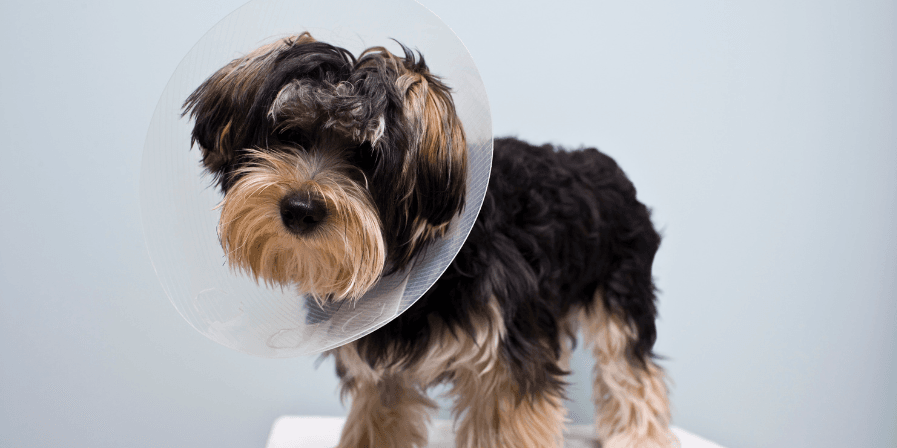Spaying & Neutering Aftercare Guide for Pets

A comprehensive guide to neutering & spaying for your pets. Specific care, of course vets recommend but knowing the general end to end process can ease your worries.
Spaying & Neutering Aftercare Guide for Pets
- Immediate Post-Surgery Care • Quiet Space: Provide a calm and quiet space for your pet to recover. • Monitor: Keep an eye on your pet for the first 24 hours. Monitor for signs of pain or complications. • Warmth: Ensure your pet stays warm, as anesthesia can affect their ability to regulate body temperature. • Restrict Activity: Prevent running, jumping, or playing for at least 7-10 days.
- Feeding and Hydration • First Meal: Offer a small meal a few hours after returning home. Anesthesia can cause nausea, so start with small portions. • Regular Diet: Gradually return to regular feeding routines within 24 hours. • Hydration: Ensure your pet has access to fresh water at all times.
- Medication • Pain Management: Administer prescribed pain medications as directed by your vet. • Antibiotics: If antibiotics are prescribed, complete the full course even if your pet appears to be healing.
- Incision Site Care • Keep Clean and Dry: Prevent your pet from licking or chewing the incision site. Use an e-collar if necessary. • No Baths: Avoid bathing your pet or allowing them to swim for at least 10-14 days. • Check for Infection: Look for signs of infection, such as redness, swelling, discharge, or an unpleasant odor. Contact your vet if you notice any of these signs.
- Activity Restriction • Limit Movement: Restrict your pet’s activity to prevent strain on the incision site. Short, leashed walks are typically allowed after a few days. • No Rough Play: Avoid rough play or allowing your pet to jump on furniture.
- Behavior Changes • Temporary Changes: Your pet might be drowsy or less active for a day or two. They may also experience mild discomfort. • Monitor for Issues: If your pet seems excessively lethargic, disoriented, or shows signs of severe pain, contact your vet.
- Follow-Up Appointment • Schedule: Make a follow-up appointment with your vet to check the healing process and remove any stitches if necessary.
- Long-Term Care • Weight Management: Spaying and neutering can affect metabolism, so monitor your pet’s weight and adjust their diet as needed. • Behavior Monitoring: Note any long-term changes in behavior and discuss them with your vet.
Additional Tips • Comfort Items: Provide soft bedding and favorite toys to help your pet feel comfortable. • Companion Care: If you have multiple pets, keep the recovering pet separate to avoid rough interactions.
Signs to Watch For • Excessive Bleeding: Any significant bleeding from the incision site. • Vomiting/Diarrhea: Persistent vomiting or diarrhea. • Pain: Signs of pain not relieved by medication. • Behavior Changes: Sudden changes in behavior such as aggression or extreme lethargy.
For any concerns, don't hesitate to contact your veterinarian for spay and neuter recovery tips, advice and support.
FAQ’s:
-
How do I prevent my pet from licking the incision? Using an e-collar (cone) or an inflatable collar can help prevent your pet from licking the incision site. It is important to keep the incision clean and dry to avoid infection.
-
What if my pet won’t eat or drink after surgery? It is common for pets to have a reduced appetite after surgery. Offer small, bland meals and ensure they have access to fresh water. If your pet refuses to eat or drink for more than 24 hours, contact your vet.
For pet consultation in Delhi, Gurgaon and Noida, please give us a call on 9311560101 or log on to dccpets.in.


 How can we help?
How can we help?